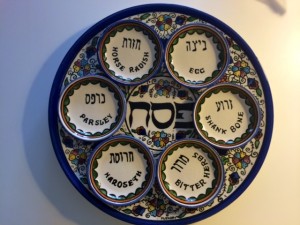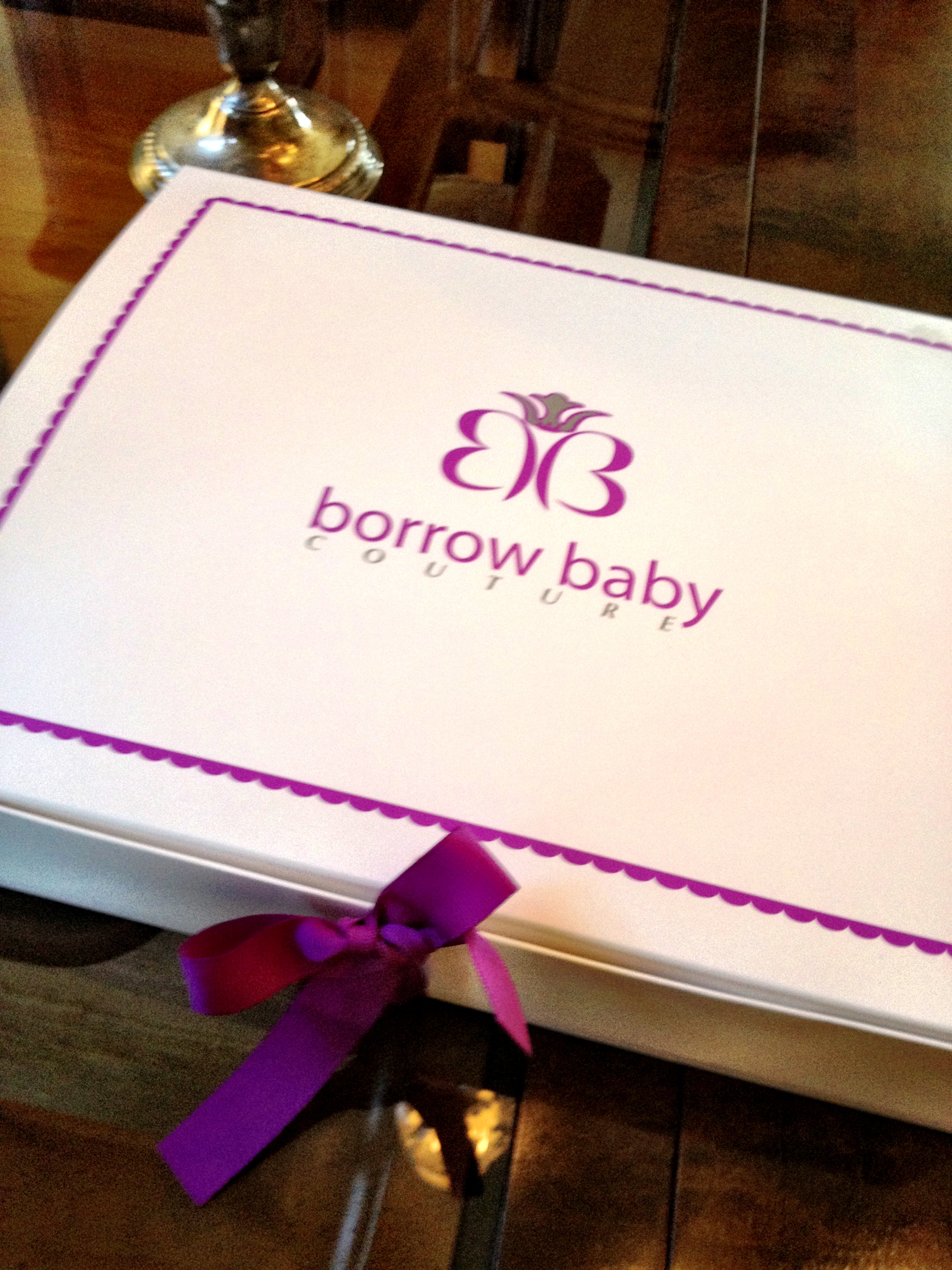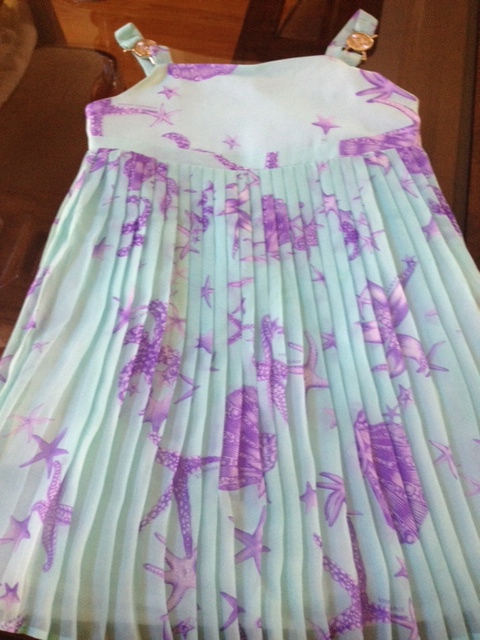Passover Seder Plate
This week marks the celebration of Passover. I learned about the celebration of Pesach in my Catholic school religion class many years ago when we were discussing the Last Supper during Holy Week.
Both celebrations were Seders.
What I never learned about was the significance of the Seder plate.
So when a friend of mine brought me a Seder plate from her trip to Israel, I decided to learn how to prepare a Seder plate:
- Shankbone or neck of poultry, is a reminder of the “mighty arm of G-d” as the Bible describes it. It is also symbolic of the Paschal lamb offered as the Passover sacrifice in Temple days
- Haroseth a mixture of apples, nuts, wine and spices, is symbolic of the mortar the Jewish slaves made in their building for the Egyptians
- Parsley a vegetable (parsley or potato is generally used), is dipped in salt water to represent tears.
- Horseradish is a bitter vegetable (celery or lettuce can be used). Those who do not put chazeret on their Seder Plate sometimes put a dish of salt water in its place
- Hard-boiled egg, interpreted this as a symbol of mourning for the loss of the two Temples (the first was destroyed by the Babylonians in 586 B.C.E., the second by the Romans in 70 C.E.). The egg symbolized this loss and traditionally became the food of mourners.
- Bitter herbs represents the bitter life of the Israelites during the time of their enslavement in Egypt.
I find joy in the celebration of both holidays which are full of joy, hope and rebirth.
Happy Passover and Happy Easter to all who celebrate!





